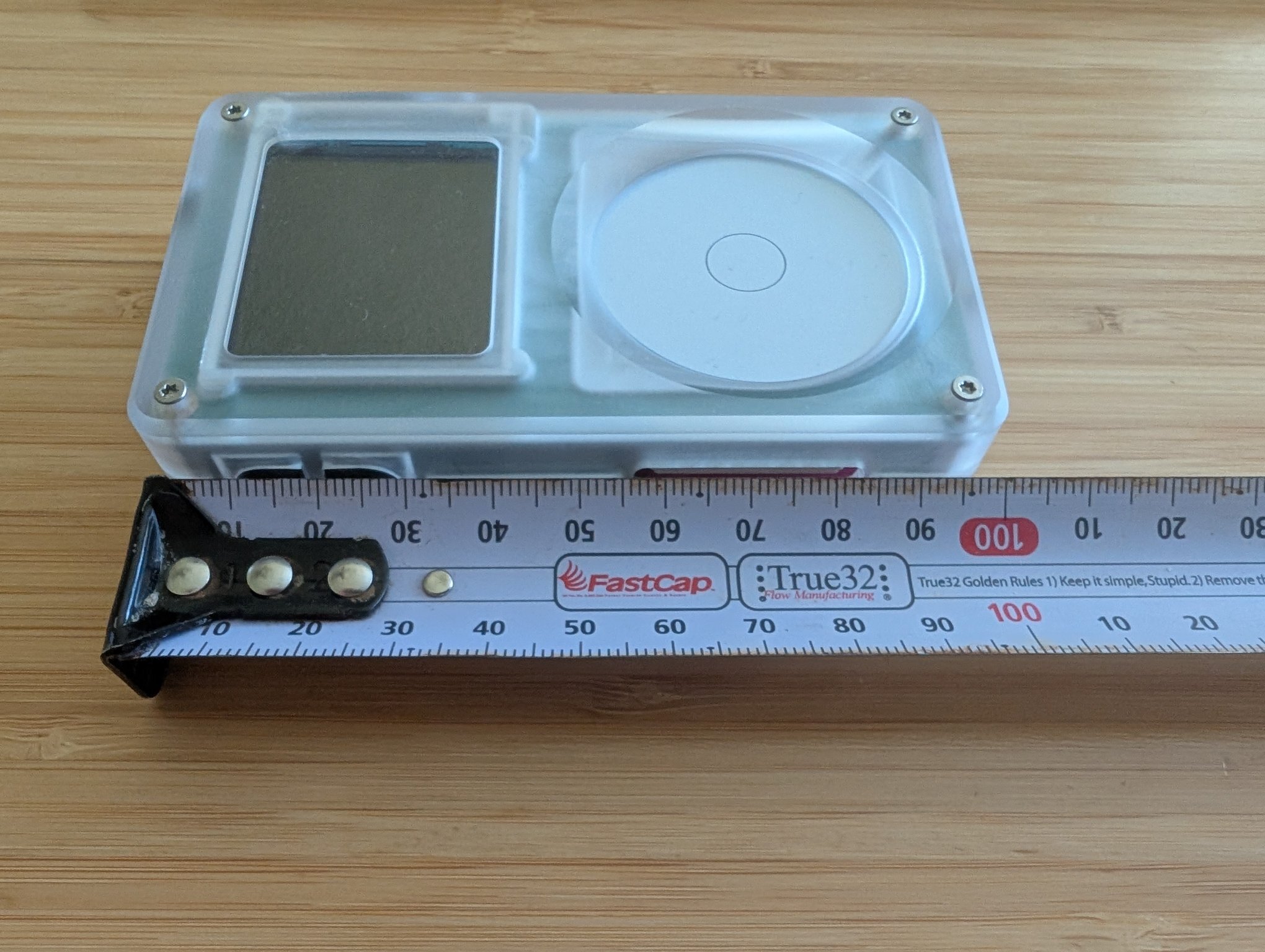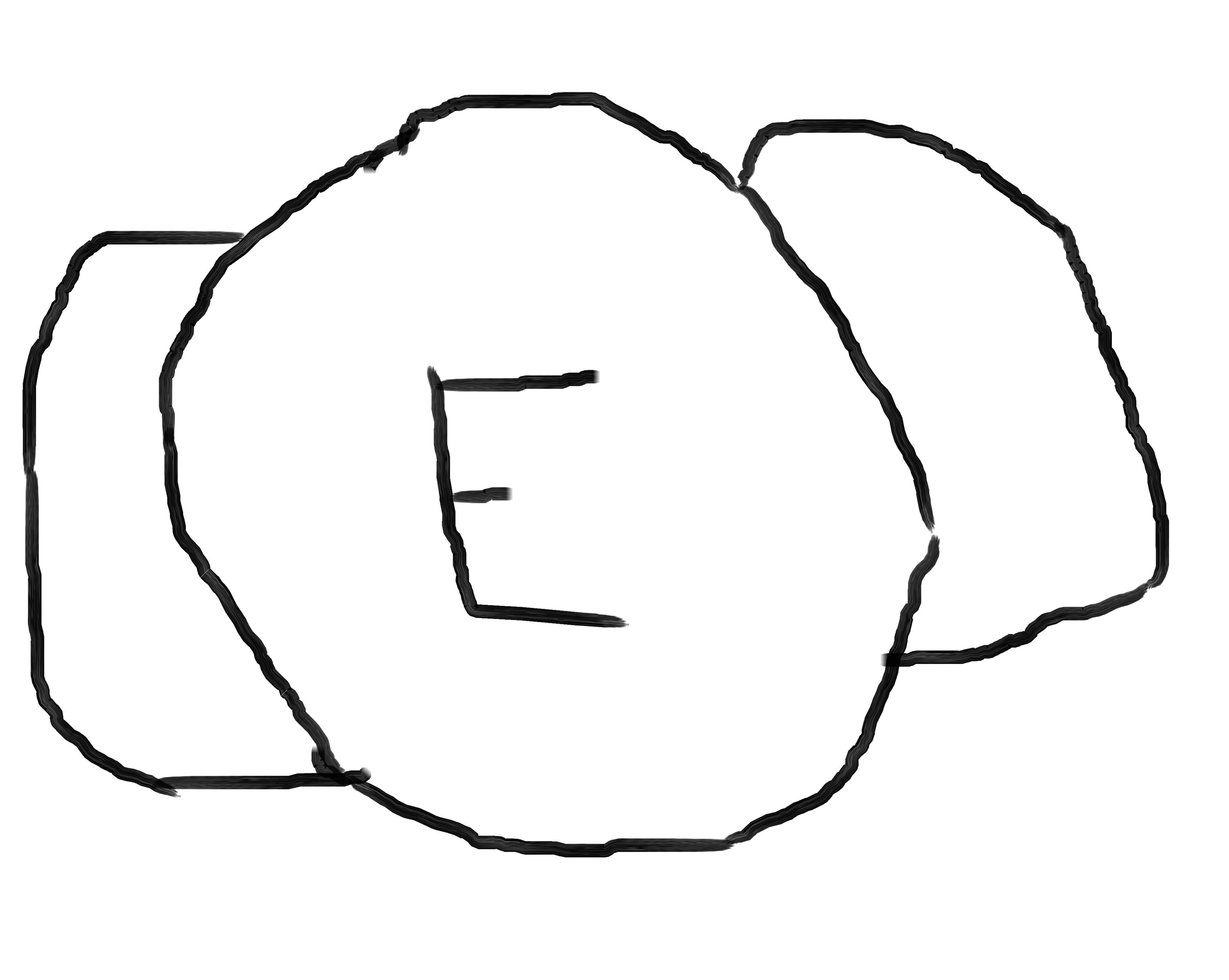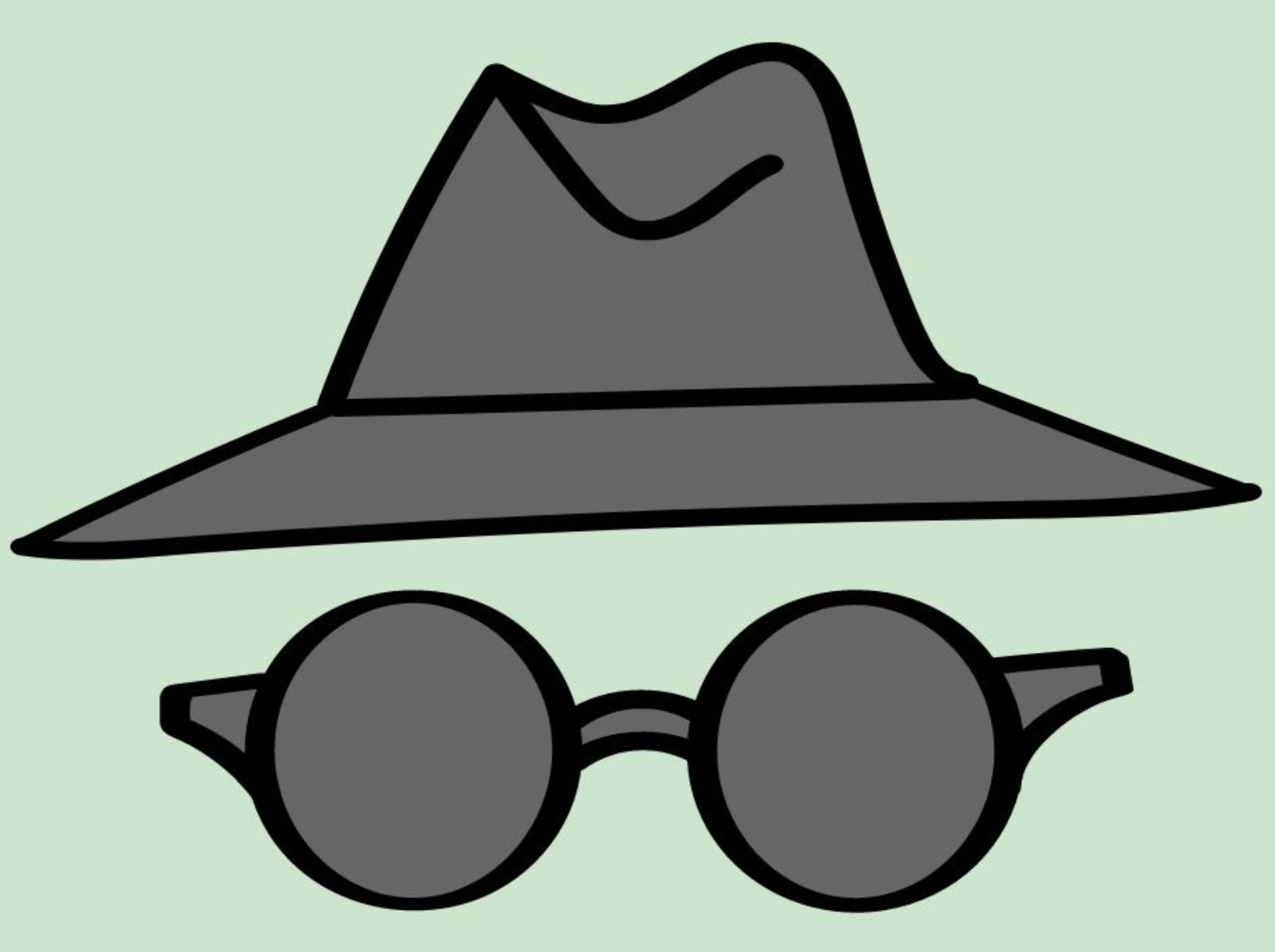For instance, a foot…is basically a foot length. So there’s this foot-measuring waddle some people do walking literally heel-to-toe to get a general sense of the space. An inch is kinda a finger width, etc (they’re all not perfect by any sense).
I’ve decided to just take the plunge and basically re-learn all my measurement systems because I’m seeing less and less of those being used. I started with just memorizing all the conversions but that’s literally just adding another step. Everything I own basically has settings to switch or show both measurements (like tape measures) so I’m just going to stop using Fahrenheit and the United states “Customary System” all together.
Any tips or things you’re taught or pick up on? There’s a funny primary school poem for conversion of customary liquid measurements,
Land of Gallon
Introducing capacity measurement to learners can be challenging. To make this topic more accessible and memorable, we can integrate creative and interactive activities into our teaching approach. Using storytelling, we can transform the sometimes daunting task of learning measurement conversions into a whimsical tale.
- In the Land of Gallon, there were four giant Queens.
- Each Queen had a Prince and a Princess.
- Each Prince and Princess had two children.
- The two children were twins, and they were eight years old.
Once students are familiar with the story be sure they see the connection between the story characters and the customary units of capacity measurement. If necessary, label the story pieces with their corresponding units of measure: queen = quart, prince/princess = pint, children = cups, 8 years old = 8 fluid ounces. You can reduce the number of customary units in the story based on student readiness. link
tl;dr looking for anything to remember the hierarchy and memorizing the metric and Celsius measurement system, sometimes explained in schooling or local sayings. (if I had an example for those systems I would give one lol).
A person who buys some material, Thinks to themselves managerial, I could use grams or litres, Maybe even amps or square meters, At least it isn’t Imperial.
Man you got some giant feet and sausage fingers lol
For length, for an average male one meter is about one large step with extended legs (useful for distances), or the distance between e.g. the left side of your torso to the end of the extended right hand (useful for estimating the length of rope or smth).
For weight, it might be useful that 1 liter (that’s 1 dm3 but noone uses that except sometimes in scientific literature) is almost exactly 1 kg, and a typical cup fits 0.25 liter. A shot of alcohol is either 20 or 40 milliliters (0.02 or 0.04 liter) depending on where you are and what you order.
For conversions you just need to remember the base unit (e.g. meter and grams/kilograms) and the decimal prefixes. But you really only need milli (1/1000), centi (1/100) and kilo (1000) in day to day life. Then you simply shift the decimal.
I was confused on the “cup” part because I wasn’t sure if you meant like a typical drinking glass or the actual cup-customary measurement until I looked at it (another reason i dislike the measurement system…a cup of coffee is so damn vague at times). I’ll definitely remember the torso one.
Meter was easiest for me because it’s essentially a yard (when eyeballing).
Liters are easy because the soft drink industry picked up on it decades ago as a way to get people to drink more soda. You’d buy cans and 6-packs, but nobody bought a gallon of soda. But they would, it turns out, buy a liter of soda, and as we got more obese as a nation, 2 liters. Liters of consumer drinks are really common, and so easy to visualize.
yard
Except in US handegg, do people still use yards? It sounds old-timey to me now. Normally, I either hear people talk in feet or miles, but never yards. Even in school (California), I vaguely remember hearing “X yard dash” when I was a little kid, but that definitely changed to “X meter dash” as I got older.
For Celsius:
30 is warm
20 is nice
10 is chilly
0 is ice
Nah, 40 is hot, 30 is warm, 25 is nice, 20 is chilly, 15 is cold, Below 10 is very cold
(For me personally at least, in Melbourne)
-10 is Ice+
deleted by creator
YES! Do it brother! 👏 I’m US born and raised and I’ve voluntarily switched to metric a while ago. Metric is actually more intuitive to me now.
I started with just memorizing all the conversions but that’s literally just adding another step.
Personally, I think this is a mistake. What worked for me was to start building reference points in metric directly. No conversions.
- yes: “Oh, it’s nice outside. What temperature is it? 20C, great. I’ll remember I like 20C.”
- no: “I like 70F, what’s that in Celsius?”
- yes: “Wow. That’s long board. How long is it? 2m, great. I’ll remember 2m is long.”
- no: “What’s 6ft to meters?”
Don’t ask, “What’s this in metric?” just ask directly “How long/fast/heavy/hot is this thing?”
You need to get out there and start measuring and experiencing stuff. Measure parts of your body to build more reference points. For example, I know from the floor to my waist is about 1m, from the tip of my index finger to the first bend line is about 2.5cm. My weight is about 65kg. Normal body temperature is about 37C, but 38C and above is a fever. My mom’s house is about 30km away.
Switching temperature to C is pretty easy, that’s a good start. Here are some other tools that may help.
- meter only tape measure (I love this tape measure) measure the length of everything
- gram only kitchen scale measure the weight of all your food
- newton-meter only torque wrench tighten all the bolts
Also, did you know Amazon US limits the products available to us? But you can break out and shop from Amazon Japan, for example, and get products that aren’t available from Amazon US. I’ve found that Amazon Japan has way more metric-only options than other places.
I really like buying metric only tools because:
- it removes the possibility of relapse, forcing you to build new reference points
- it removes the possibility of other people messing with the units
- it removes clutter from the UI, making it easier to use
Eventually, you could switch your car too, but I wouldn’t recommend you do that right now. After a few months, you’ll start getting the hang of metric more. It really doesn’t take that long to adjust.
P.S. Does anyone know where I could get some metric-only measuring cups?
I second this! I was in the US for a while and quickly realised that doing constant conversions was a PITA, so I learned some rough reference points in imperial.
I think it’s good to get some small and some large reference points, which make it easy to guesstimate other things based on what you know. Mine were (given in metric here):
- A glass of beer is 0.5 L.
- A big barrel is about 200L (0.2 m^3).
- My walk to work is 3 km, a long hike is 25 km.
- A very short person is about 150 cm, a very tall one is about 2 m.
- I can deadlift about 100 kg, and bicep curl around 15 kg.
- A potato is on the order of 100g, while a watermelon is around 2kg.
- 70 C is a nice sauna, 25 C is a nice summer day, 10 C is chilly, 0 C is sleet-temperature, -10 C is powder snow cold (depending on where you live the colder temps might be more or less relevant)
Figure out some similar things for yourself, and it’ll be relatively easy to think along lines like “That walk was a bit further than my way to work, so it’s probably about 4km”, or “that box was heavy, but far from 100 kg, so it’s maybe around 30 kg.”
Bonus points if you try some guessing like that and double check afterwards to tune in your feeling for different measurements.
P.S. Does anyone know where I could get some metric-only measuring cups?
The key is to never use measuring cups, stick to the scale for everything. Using recipes made with mass is the bed way to do it, but if you are trying to adapt a volume based recipe, look at the serving size on the food package; it should be given in volume and mass. For example my king arthur brand 00 pizza flour serving size is 1/4 cup (30 g).
Meters is extra easy if you’ve played Minecraft because you know you need a two-block height for head clearance, and you can estimate the sizes of other things from there.
I have some metric only measuring instruments from ali express. Plastic containers, measuring tapes, rulers, squares etc.
Most stuff on Ali is in metric unless its been specially converted to Imperial (which is more expensive).
Search for “measuring cups”:

I wonder if the reference thingy works for languages too.
Because thats why Kids are soo good at learning languages while adults have more issues learning new languages. Mainly because they want to see the word translations, etc. That would be hard for japanese or chinese I think as they work entirely different
I think it has t do with neuroplasticity.
As a European, I have never used measuring cups. Our recepies call for ingredients to be measured in Milliliters for water and milk and Grams for everything else. We use cans like these for volume measurements: https://www.idealo.de/preisvergleich/OffersOfProduct/204600175_-messbecher-935000-0-5-liter-bruchsicher-huenersdorff.html
10cm is long. don’t let anybody tell you otherwise
1 cm is about the width of the tip of your pinky finger.
1 m is about the distance from your nose to your fingertips if you hold your arm out, and extend your fingers.
100 m is the length of the straight section of an athletic track, which is about the same length as a football field.
1 liter is about 1 quart, which is 1 carton of milk.
The m-to-km conversion is pretty close to 1½.
The kg-to-lb conversion is two-and-a-bit.
A difference of 1°C is close to a difference of 2°F.
I raised my kids using metric temperature for weather. Now that they’re older they hold me to it!
The m to km conversion factor is exactly 1000. Same with g to kg and Pa to kPa, W to kW etc.
(maybe you were going for mi to km? Which is 1.6?)
A good base is knowing milli is a thousandth and kilo is a 1000 1000 milligram = a gram, 1000 grams = a kilogram 1000 millililters = a liter, 1000 liters = a kiloliter 1000 millimeters = a meter, 1000 meters = a kilometer
Plus, they’re all connected. 1 gram of water is 1 milliliter and takes up 1 cubic centimeter.
A good base is knowing milli is a thousandth and kilo is a 1000
YES! I feel like a common pitfall people run into is trying to bust out all sorts of fancy prefixes, deka, hecto, centi, deci, etc and then people get overwhelmed by all of that.
The most common prefixes are kilo 1000x or milli 1/1000. That’s all you should focus on.
I mean centimeters is probably the most common in households and centiliters at least in cocktail recipes. But yes, you don’t really need deka, hecto or deci in your daily life and you can grow up not knowing they exist at all. It would also make things like tape measures too complicated to look at.
centimeters is probably the most common in households
I’m curious, where are you from? In the US, I’d say we think of centimeters as a pseudo-inch, so I think I understand why people would gravitate to centimeters here.
But do other countries use centimeters as much? I’m especially curious about really metric countries like Japan or (who else?) France? Germany? I wouldn’t be surprised if Canada or UK use centimeters.
Related: centimetres or millimetres
Most countries in the world are “really metric countries”. And yes we do use the cm a lot for measurements inside the 1-100cm range.
I’m from Germany and we use cm a lot. I can’t imagine not having anything between mm and m, the gap is huge. Those are probably the most used ones in daily life and km for distances farther than 999 m.
Here’s a common German tape measure next to a book, which is 20.6 cm (206 mm, 0.206 m) long:

Cool! Thanks for sharing!
Now that I think about it, I think I own a carpenter’s measuring tape. Maybe that’s why they don’t call out cm.

Also just to be clear, my measuring tape is definitely not a standard tape you can buy at a local hardware store. It took some effort for me to find a metric-only measuring tape.
Interesting, I’ve never seen a tape measure like this. In the end it’s the same thing, just remove a zero and you have cm. That’s the magic of it.
But i understand now how you came to the conclusion that centi is not used that much.
I really hope the US will at some point adopt the objectively better metric system!
I really hope the US will at some point adopt the objectively better metric system!
Me too. I’m trying! 🤝
I know some people in the building profession who habitually call out everything in mm, as oppose to most people where I am using cm for most household measurements. So I’m not surprised to see measuring tape (esp a carpenting one) ignoring the redundant cm
Ive never heard kiloliter, at that point I say a thousand liters, or a cubic meter.
Plus, they’re all connected. 1 gram of water is 1 milliliter and takes up 1 cubic centimeter.
To heat said water by 1 degree celsius (or kelvin) you need one calorie. If one newton were to displace that water through the distance of one meter, the amount of work done would be 1 milijoule.
For distance:
- learn to do a 1m pace
- measure your height to compare against other things
- measure the length of your finger gun (mines basically 150mm)
For temperature (for me):
- below 6 think about wind chill and keep warm
- 6-10 = warm jacket weather
- 10-14 = pants and sweatshirts
- 14-18 = great exercising weather
- 18-22 = shorts and t-shirts or light sweatshirt.
- 22-26 = very warm
- 26-30 = uncomfortable
- 30+ = sweating just walking around
For weight, it is too dependent on your strength. For some, lifting a 20kg sack of flour would be to much, for others grabbing two 40kg sacks of cement per trip to the palet is normal.
I discovered that my height in cm is the same as my weight in pounds. That was helpful for memorization.
Your temperature scale is clearly from a northern country :P
- 22-26 is pleasant in Italy
- 26-30 is warmish
- 30-35 is warm
- 36+ sweating just waking around
As a northen-ish countryperson. I share this scale
Quite the opposite
1L of water is 1kg
2L bottle of cola is 2kg
It’s better than 1L because who even knows what 1L is?
True, 1L are hard to find
milk comes in 1L boxes, for example, so pretty much everyone knows what a liter is.
sugar and flour come in 1kg bags and that’s roughly 1 liter too
It’s great that the units are linked like this. I actually had to use this once. I didn’t have a container to measure out 1liter of water, but I did have a kitchen scale that could measure 1,000 grams! 🙌🏽
Measuring liquids by mass is even more accurate because the volume is related to temperature, plus the surface tension and water’s tendency to climb up the walls of the container can make the volume readings ambiguous
Get ruler. Hold your arm out 90degrees, Measure from the tip of your finger 1 metreacross your body, and rember where that Metre ends on your body. Then you always have a reference for 1metre
I was taught this to measure electrical cable. For me it’s from my left shoulder bone to my right finger tips (or the right shoulder to left finger tips)
The military and doctors in the United States officially use the 24 time format, there is something to think about (when we talk about accuracy and adequacy)
I switched over all my devices to 24 hour - phone, computers, cars, etc. I even change the settings on my wife’s phone sometimes. It’s so much easier to mentally read.
You can walk a klick in 10 mins
A ruler is 30cm. Roughly a third of a meter.
Four cups to a litre.
You don’t really need to remember conversions within units, because it’s all in base 10. Apart from that, 1 millilitre is 1cm³ of water, which weighs 1 gram, and requires 1 calorie of heat to increase its temperature by 1°C.
















